I worked in the theatre business for nearly twenty years before becoming a psychotherapist. The two experiences are not as different as one might assume. Here are some observations.
1. We go in anticipating stories; we come out remembering feelings.
2. The turning point in most shows is when the central character does something out of character.
The turning point in therapy is when the clients says, does or feels something different.
3. Many shows end in the same way as they began but with a twist.
Successful therapy ends when the person has found their way back to themselves, but a truer version.
4. Few shows can achieve their intentions without open exploration and extended rehearsal.
Therapy can be a great place to explore what’s happened before and rehearse what could come next.
5. Planning sometimes helps, but improvisation is often a quicker route to the essence.
6. The joker character often holds great wisdom; it’s just ignored.
The funny client often holds great insight, it’s just disguised.
7. The more complex the dialogue, the more present the author.
The more noticeable the client’s speaking style, the more obvious the attachment pattern.
8. Physical nudity on stage is either about vulnerability or shock.
Emotional nudity in therapy is about vulnerability and trust.
9. The length of a play’s run reflects the breadth of its appeal.
The length of a therapeutic process reflects the depth of the client’s capacity for change.
10. A good show holds up a mirror to our own feelings and says “Is this you too?”
A good therapeutic experience holds up a mirror to our lives and says “Is this the way it has to be?”
11. The overture to a musical traditionally introduces key themes we’ll be hearing, particularly the most important one.
The first session typically introduces the key ingredients we’ll be exploring, but rarely the most important ones.
12. The show closes when it’s run out of people to see it.
Therapy finishes when the client’s run out of a need to be seen.

